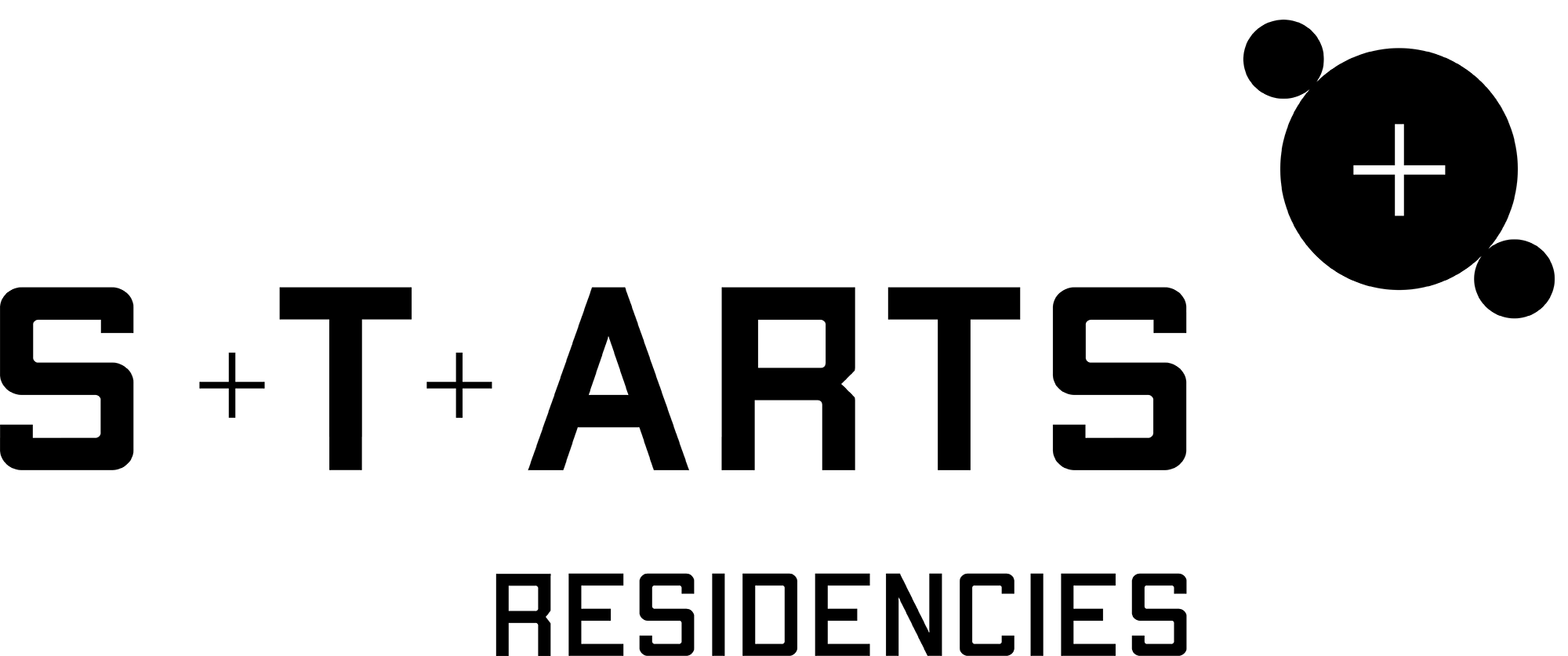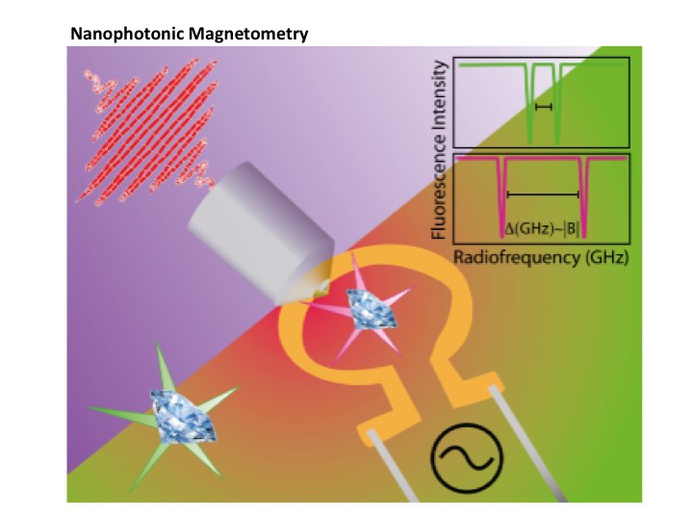Tech Project
Description of the challenges faced by the Tech Project
This project will use an optical setup, which includes lasers, detectors, lenses, microscopes and microwave generators, to be able to study NV centers in nanodiamonds inside neuronal cells. Most of the data produced with this setup will be images of the samples studied and charts relating physical properties. The artist will have access to the INL laboratories, the setup used and data produced in this project.
Brief description of technology
One promising path to understand processes and diseases occurring in the brain passes through understanding what happens inside the cells with precision and accuracy. This project has this exact goal, to develop new sensors that allow reporting from within the cells physical parameters with nanoscale resolution and precision. To accomplish this goal this team intends to use nanodiamonds with defects called Nitrogen-Vacancy (NV) centers that render the nanodiamonds: tiny, shiny (luminescent) objects, which can be used as photonic biosensors inside of cells. These luminescent nanodiamonds are very special, due to their biocompatibility and stability but also because of the way they interact with light, releasing specific amounts of light in the presence of different magnetic fields and temperature. These properties shall be used to access non-invasively the local magnetic fields and temperatures without harming the cells. In order to allow the understanding of how and why neurodegenerative diseases occur, healthy and disease models will be compared. The enhanced understanding of the differences may allow to unravel novel therapeutic strategies.
What the project is looking to gain from the collaboration and what kind of artist would be suitable
The collaboration between this project and the artist is expected to be open, transparent and different from any other scientific contribution. A new and completely different point of view can expand technological limits through art and create unusual technical solutions, for example new setups or design ideas. Data analysis and presentation is also of most importance since it will influence how the contribution of new technologies can be presented to the rest of the world.
Resources available to the artist
INL is comprised by state-of-the-art research facilities, exclusively dedicated to nanoscience, nanocharacterization, system & IC design solutions, biological sciences, nanofabrication & processes and nanomaterial synthesis. The artist will gain access to the INL facilities and will be provided with office open space, internet connection and free accommodation at the INL guest house for up to 30 days. He/she will have the possibility to interact with the international multidisciplinary research community at the institute. The artist will also have access to open databases, computer codes, image and digital data sets, as well as tools, material samples and proof-of-concept prototypes.


